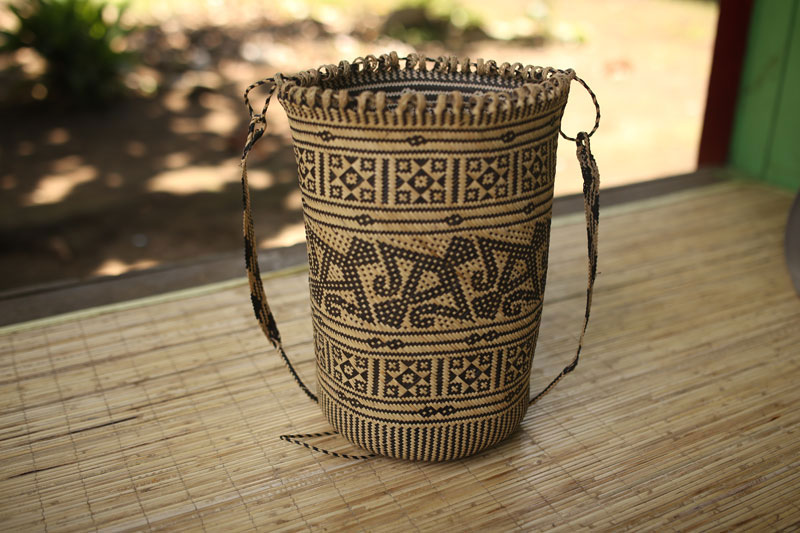
In 2012, when the law that bans the export of raw rattan was passed, the livelihoods of many of the rattan farmers and gatherers were affected. The domestic manufacturing industry could not absorb all the rattan supply. And since there was a rattan oversupply in the local market, the prices decreased very much, affecting further the community suppliers. This led many farmers to convert their rattan gardens to other crops. As rattan requires trees to climb on, conversion of these rattan gardens to agricultural crops means that trees had to be cut down.
Rattan is a beautiful cane, much more beautiful and sturdier than the more popular sustainable material, bamboo. Rattan is also a sustainable material, especially if we talk about forest conservation. They need trees to grow on therefore to ensure rattan's continued growth, trees are also taken cared of.
80% of the global rattan supply is from Indonesia. The country the possibility to take a lead in the development of its use in design. Rattan can become a signature product and a living legacy of Indonesia. But if the rattan farmers and gatherers do not see anymore the value of cultivating or harvesting the rattan sustainably, then there might reach a point that the supplies of this raw material will decline.
Through this initiative, we hope to engage professional and students of design to engage in sustainable design and to explore locally produced materials for their designs, especially Rattan.



